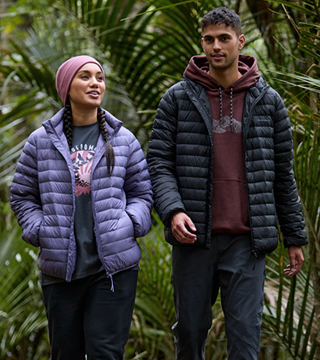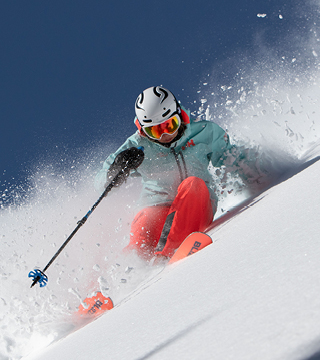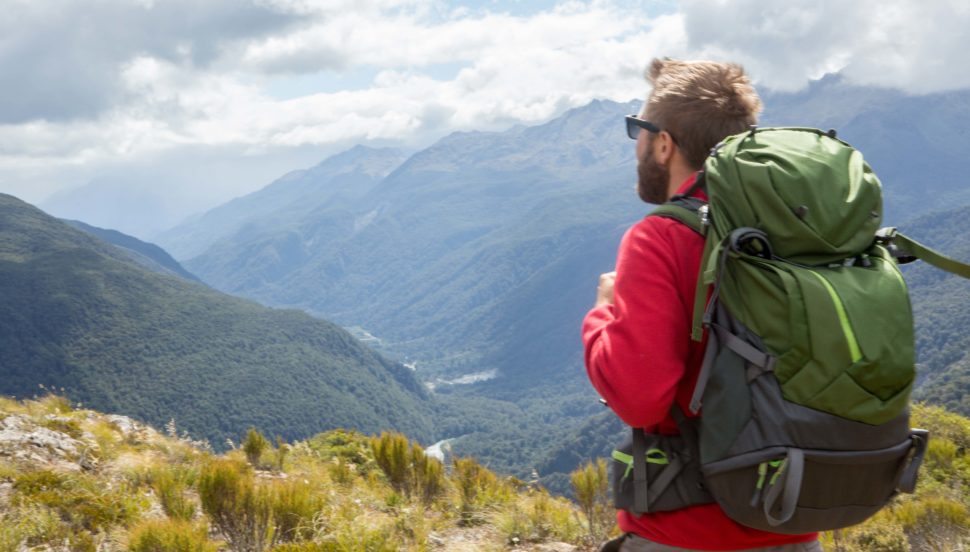When choosing a sleeping bag, you’ve got several variables to consider, including the temperature you’ll camp in and price, compressibility, and weight of the bag. The performance of the bag is largely driven by the insulating material, with other fabrics and design elements playing an important secondary role.
Down
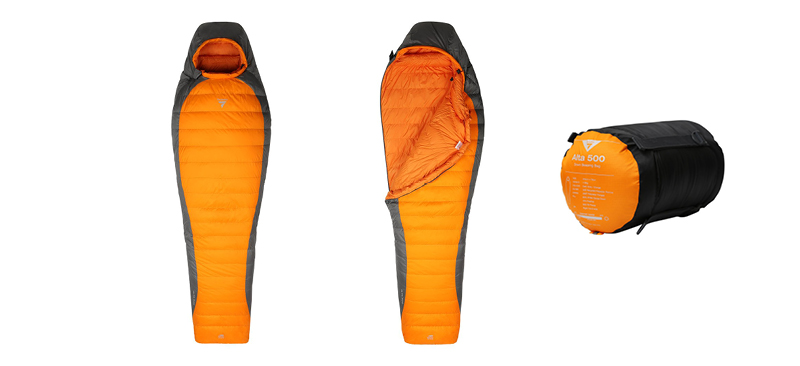
Down is the light plumage that lays under feathers and immediately next to the goose or duck’s skin. It’s one of nature’s finest insulators. The plume’s 3D structure creates pockets of air that trap heat and keep you toasty.
The quality of down is measured by “fill power.” The higher the quality of down, the more space it will loft – 700 fill reaches a volume of 700 cubic inches per ounce, while 800 fill power lofts 800 cubic inches per ounce. Basically, one ounce of higher quality down will hold more heat than a lower quality down.
High quality down is incredibly warm and at the same time super light.
Down Durability
Down is super resilient, capable of being repeatedly stuffed and re-stuffed without compromising its fluffy warmth. For a good night’s sleep, they’re worth every penny.
Very Compressible (stuff it in your bag easily!)
Down is incredibly compressible, and this is where it outshines synthetic insulation the most. Even a zero degree sleeping bag (of high quality down) can fit easily in the bottom compartment of a hiking backpack, making it a great choice for backpacking.
PROS:
o Higher warmth-to-weight ratio than synthetic insulation
o Very compressible
o Very durable
CONS:
o Loses insulating power when it gets wet and takes a long time to dry
o Cleaning down requires special care
o More expensive than synthetics
Synthetic
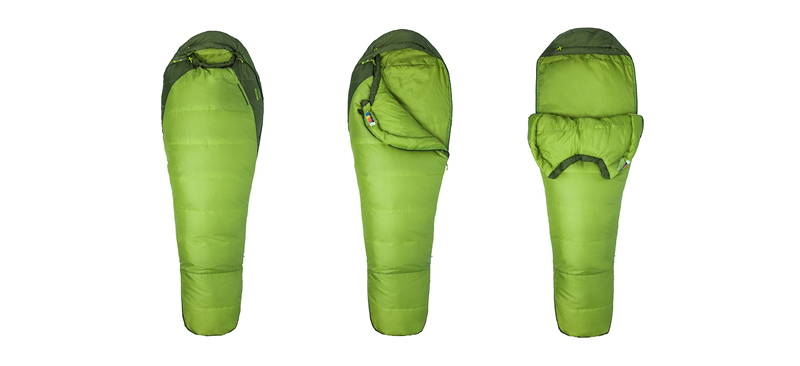
Synthetic fill is developed by a variety of companies, each making its own proprietary fill. But two general trends surface: short staple fibers and long continuous filaments. Short staple fibers mimic down’s 3D plume structure and compress well, but at the expense of longevity. They break down sooner after continuous stuffing and re-stuffing. Continuous filaments weave long filaments of variable diameter to create a durable, high-loft insulation, but at the expense of compressibility.
Less Compressible
While both mimic down’s natural lofting ability, to date, synthetic fill has yet to catch up with down’s compressibility and longevity. No ounce of any synthetic will loft as much as a high-quality down.
Warmer When Wet
Buyers don’t reach for synthetic fabric for its compressibility, however. While it makes sense to keep any sleeping bag dry as much as possible, synthetic insulation is much better at keeping the user somewhat comfortable if the bag gets wet.
PROS:
o Continues to insulate even when wet
o Hypoallergenic
o Less expensive than down
CONS:
o Heavier and bulkier than down insulation
o Offers less warmth for its weight than down
o Less durable than down; insulating power gets reduced each time the bag is stuffed into a stuff sack
EN Testing ratings, Extreme ratings vs Comfort ratings: – what do they mean?
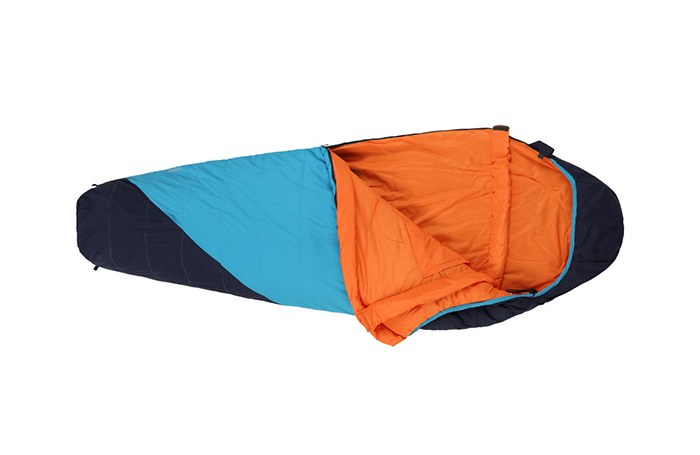
The EN rating is internationally accepted as the most objective and dependable standard available, though not all bags use EN testing.
In EN testing, a bag is assigned temperature ratings:
- Comfort rating is the lowest temperature at which the bag will keep the average woman or “cold sleeper” comfortable.
- Lower limit rating is the lowest temperature at which the bag will keep a man or “warm sleeper” comfortable.
- Extreme limit is the range where there is a risk of health damage by hypothermia. A sleeping bag should only be used in this range in an emergency.
Everyone’s body and sleep comfort is different, so EN ratings are merely a guideline to help you compare products.
(EN ratings are based on a sleeper wearing one long underwear layer and a hat, and sleeping on a single one-inch thick insulating pad.)
Weight & Compressibility
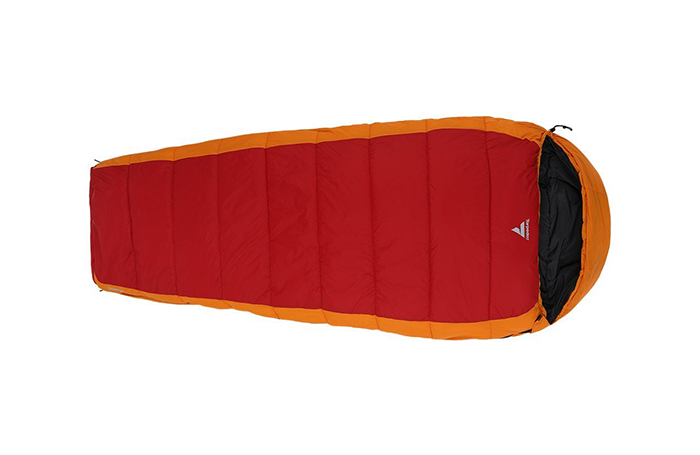
The weight and compression size of a sleeping bag help determine its best suitability.
- A heavier sleeping bag that does not compress to a smaller size makes an ideal option for car camping.
- A lightweight sleeping bag that is highly compressible makes a better option when having to carry one in a backpack


